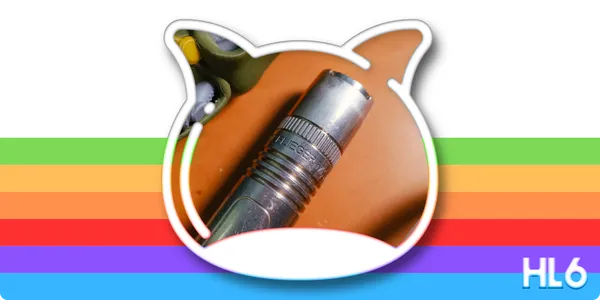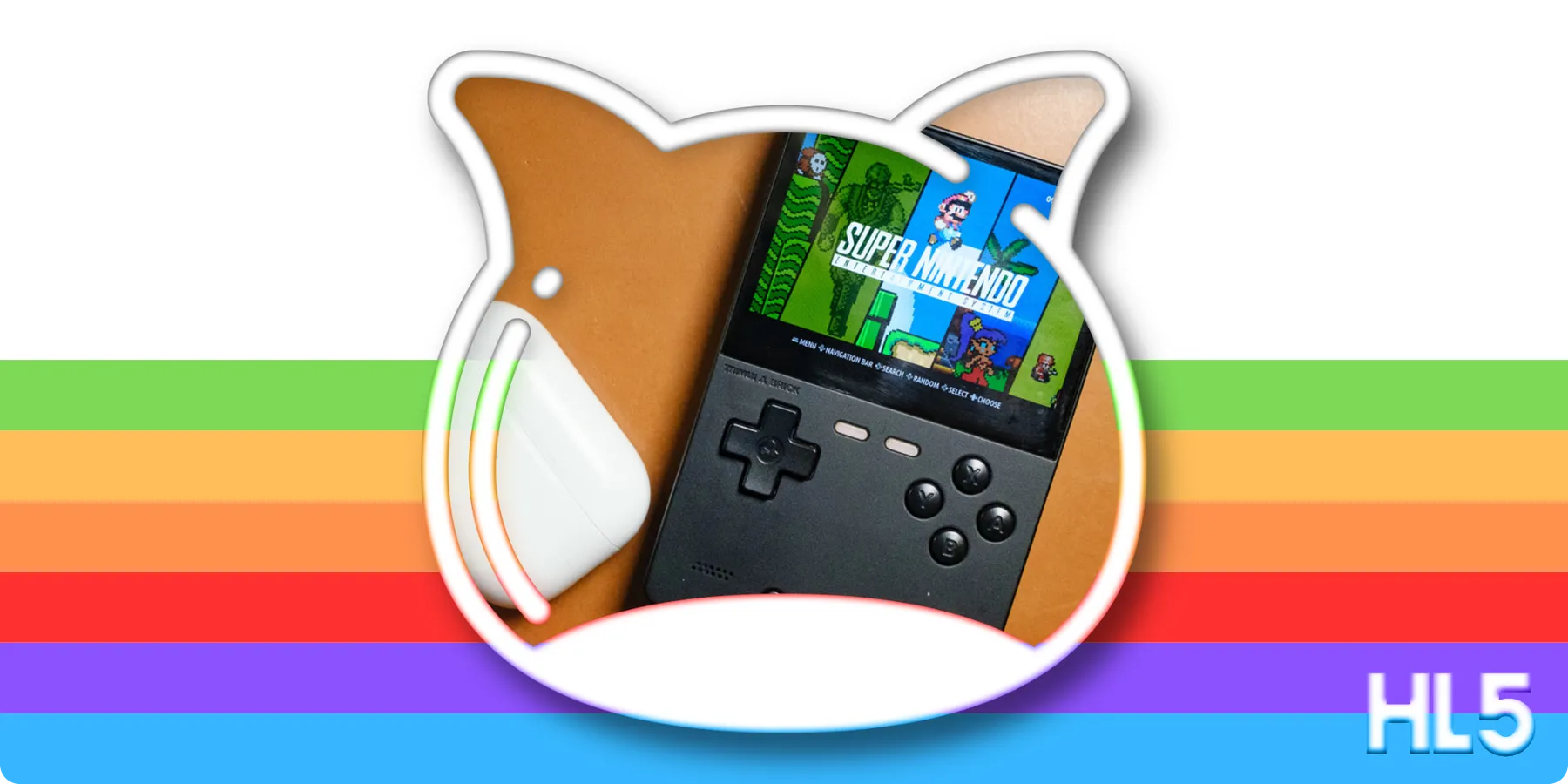
🔬 Muyshondt Flieger
farewell for now
a look at the handheld gaming console and what comes with it


Take control with Horse Browser, the browser built for professionals who demand focus and efficiency. Save up to 2 hours every day by organising your work seamlessly and reducing daily stress.
Retro gaming is having something of a renaissance at the moment. With everybody from first party vendors like Atari bringing back classic consoles, to indie app darlings teaming up with Swedish techno design nerds to make fun new gaming interfaces, all the way to weird, troll farming, arms dealers making pricey, high end Gameboy replicas. Somewhere in the midst of the fray we also have a plethora of cheap, enjoyable, retro gaming handhelds made by various Chinese manufacturers absolutely flooding the market; bringing the ability to replay all your favorite games from "ancient" systems like the 1972 Magnavox Odyssey, up to more modern systems like the Nintendo GameCube and PlayStation 2.
These retro handhelds come in all manner of shapes, sizes, and chipsets, and the vast majority also ship with GAMES. Typically, when ordering, you choose what size micro SD card you'd like, then they arrive with hundreds—or even thousands—of retro games pre-loaded for your enjoyment. This makes it incredibly easy to turn on your new device and dive into a luscious pool of nostalgic gaming.
While having all your favorite retro games pre-loaded on the device is certainly fun and useful, it naturally begs a number of legal, ethical, and security questions that I'm not properly equipped to handle, but I'm going to do my best anyway. Let's jump into the Lab!

This month, we're looking at the TrimUI Brick, which has been a fan favorite in the retro gaming community since it launched last year. It has a beautiful 3.2-inch display with a resolution of 1024x768 pixels wrapped in a very compact, pocketable Gameboy-shaped body. It can easily handle everything from the earliest retro games all the way up to PlayStation 1 and Nintendo 64 emulation. Unlike many other retro handhelds in this <$85 price category, the TrimUI Brick is made of really pleasing materials, feels solid, and has comfortable controls with just the right amount of clickiness. It has Bluetooth antennas allowing you to use wireless gaming controllers with it, and WiFi so you can unlock RetroAchievements. The internet connection also lets you play multiplayer games online with friends, and scrape game box art, gameplay videos, and reviews to flesh out your library. Lastly, it also has fun customizable lights on the front and back allowing you to change the color to your liking—which is totally unnecessary but makes me happy.
One of my favorite things is the balance they struck between diminutive, pocketable size, and comfort of use. This thing is just slightly bigger than my wallet, and easily fits in a front or back pocket, as well as just about any fanny pack or purse. And yet, unlike the also popular (and tiny) Miyoo Mini, my hands don't feel cramped when holding it for extended play sessions.
Because it runs on Linux, there's a number of different firmware options for you to choose from to customize your experience of both browsing and organizing your catalog of games, as well as fine-tuning the settings for how games get emulated. (Having tried several, my personal favorite right now is Knulli.)

This device is unique for the Hiro Lab in that I don't have any real concerns about the device itself. It works as intended, is very well priced for what it is, and seems pretty safe. The challenge is the tiny little piece of plastic it ships with: The microSD Card… chock full of games and files of unknown origin.
Ideally, anyone using a retro game emulation device is emulating games they have personally backed up from their own cartridges they have acquired over the years. I have no idea how the files on the TrimUI Brick's microSD Card were sourced. Are they buying all of these games and making legal backups of them for each user? Are they sourcing them from random archives of old games online? I don't know. There's no information on it.
Without that information, there are a lot of legal concerns I'm not at all equipped to weigh in on, as well as security concerns I am only mildly equipped to weigh in on.
So let's talk security— If these are files that were arbitrarily snagged from the internet, then we have no idea whether malware was either intentionally or unintentionally scooped up in the giant video game grabbing claw they used. Could this malware brick our Brick? Worse, if I connect my Brick to my home WiFi, could that malware enable a network attack?
One thing's for certain, I am not putting that microSD card into my personal or work computer. In fact, most retro gaming veterans will recommend you throw out the microSD card that comes with these handhelds, as they tend to be cheap quality ones that will fail sooner or later. The challenge is, what if you want/need to back up the firmware or other files on those cards?
Personally, I have set up a little Raspberry Pi 4 for handling anything retro gaming related. I don't use it for surfing the web or have any of my personal accounts, banking or credit card info on it. It's just for backing up files and updating firmware. Is it a perfect air gap? No, but it's better than the alternatives I currently have available to me.
So, with this all in mind, is the TrimUI Brick safe to let out of the Lab? I'm inclined to say yes, as long as you're smart about it. It's a fantastic, fun, affordable device. If you're okay playing with it as it comes, and you don't want to add any other games or tweak the firmware, and thus don't need to connect it to a computer, you should be totally fine. Alternatively, if you do want to get fancy and tinker with it, just go in with eyes wide open about the security risks and take appropriate measures to safeguard your stuff.